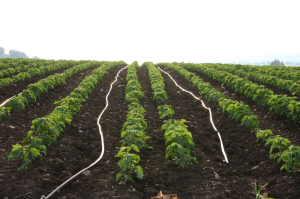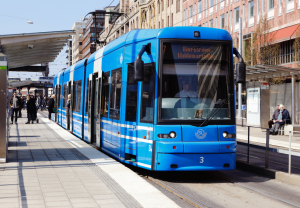Environmentally responsible building practices have become much more common during the last twenty years. Architects, contractors and property owners have found that ecological design is not only good for the environment, it saves money, too. “Green” buildings cost less to manage and operate and have significantly lower utility bills. For many, the challenge is figuring out a way to measure how energy conscious their particular project might be. The LEED Certification system is one of the best ways to evaluate and document energy savings, both during and after construction.
LEED Certification Defined
 LEED stands for Leadership in Energy and Environmental Design. Administered by the U.S. Green Building Council (USGBC), it is a certification system for all phases of design, construction and operation of commercial, governmental and residential projects. As more and more projects have signed up for the certification process since it began in 1994, the system has evolved and diversified to address different types and phases of development.
LEED stands for Leadership in Energy and Environmental Design. Administered by the U.S. Green Building Council (USGBC), it is a certification system for all phases of design, construction and operation of commercial, governmental and residential projects. As more and more projects have signed up for the certification process since it began in 1994, the system has evolved and diversified to address different types and phases of development.
What Does LEED Evaluate?
Most commercial building projects fall under the Building Design + Construction rating system. It covers both new construction and major renovation projects. Within the rating system, there are several categories under which projects earn credits. The categories, which cover almost every aspect of design and construction, include:
- Location and Transportation – This considers where buildings are located, preferably in dense areas with access to public transportation.
- Materials and Resources – This primarily addresses whether sustainable products and building materials are used for construction.
- Water Efficiency – Strategies to conserve and reduce the use of potable water.
- Energy and Atmosphere – There are credits in this category for air quality and specific approaches to reducing energy use.
- Sustainable Sites – This includes ways to reduce the impact of construction on the local ecosystem, including techniques to address water quality.
- Indoor Environment Quality – What is the building like inside? Credits are awarded for indoor air quality and views of the outdoors.
- Innovation – This gives points for particularly unique and creative ways to save energy.
- Regional Priority Credits – Specific regional needs in conservation are addressed here.
Within each of the categories there are several, and sometimes numerous, credits that can be earned. A few of them are mandatory, but most are optional.
Levels of Certification
 The total number of credits a project earns determines the level of certification it receives. The basic level is simply LEED Certified. Beyond that, there are silver, gold and platinum certification levels. Though any level of certification is a good indication that smart, sustainable design practices were used, gold and platinum levels represent significant accomplishments.
The total number of credits a project earns determines the level of certification it receives. The basic level is simply LEED Certified. Beyond that, there are silver, gold and platinum certification levels. Though any level of certification is a good indication that smart, sustainable design practices were used, gold and platinum levels represent significant accomplishments.
Navigating the LEED Process
As you can see, the LEED certification process is somewhat complex. It requires a design or construction professional that is LEED accredited to handle the administrative and certification requirements. The accreditation process requires extensive study; applicants must pass a test administered by the USGBC.
 If you are a developer or property owner considering the LEED process, you will want to work with a commercial building team like Servcon that has experience with the LEED process, design and construction.
If you are a developer or property owner considering the LEED process, you will want to work with a commercial building team like Servcon that has experience with the LEED process, design and construction.
While initial construction costs for LEED projects are often higher, the difference is actually very small. Any additional costs are quickly recovered by reduced energy use and overall building operations efficiency. LEED commercial certification saves money and makes a better environment for all of us.

